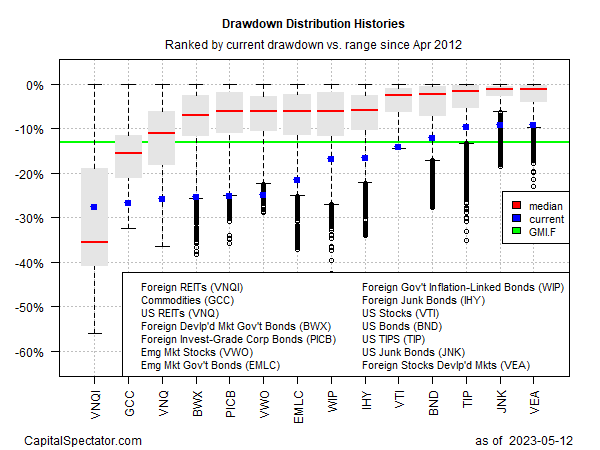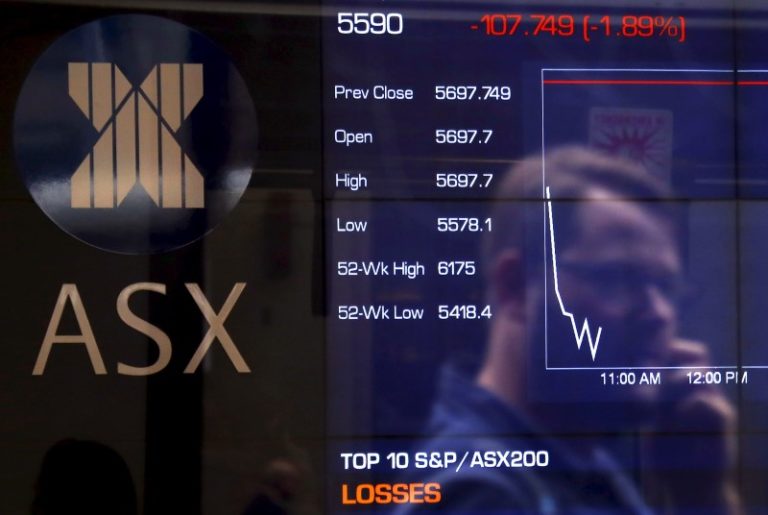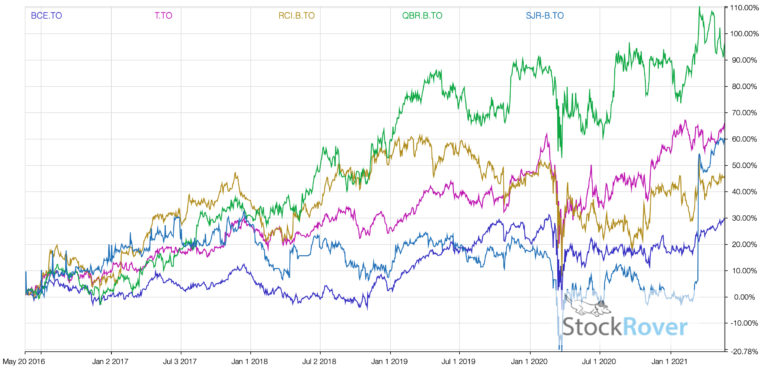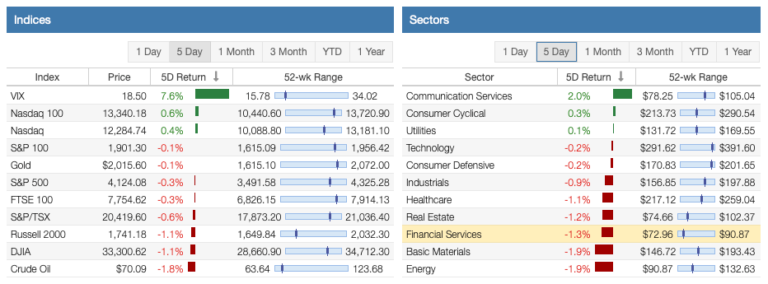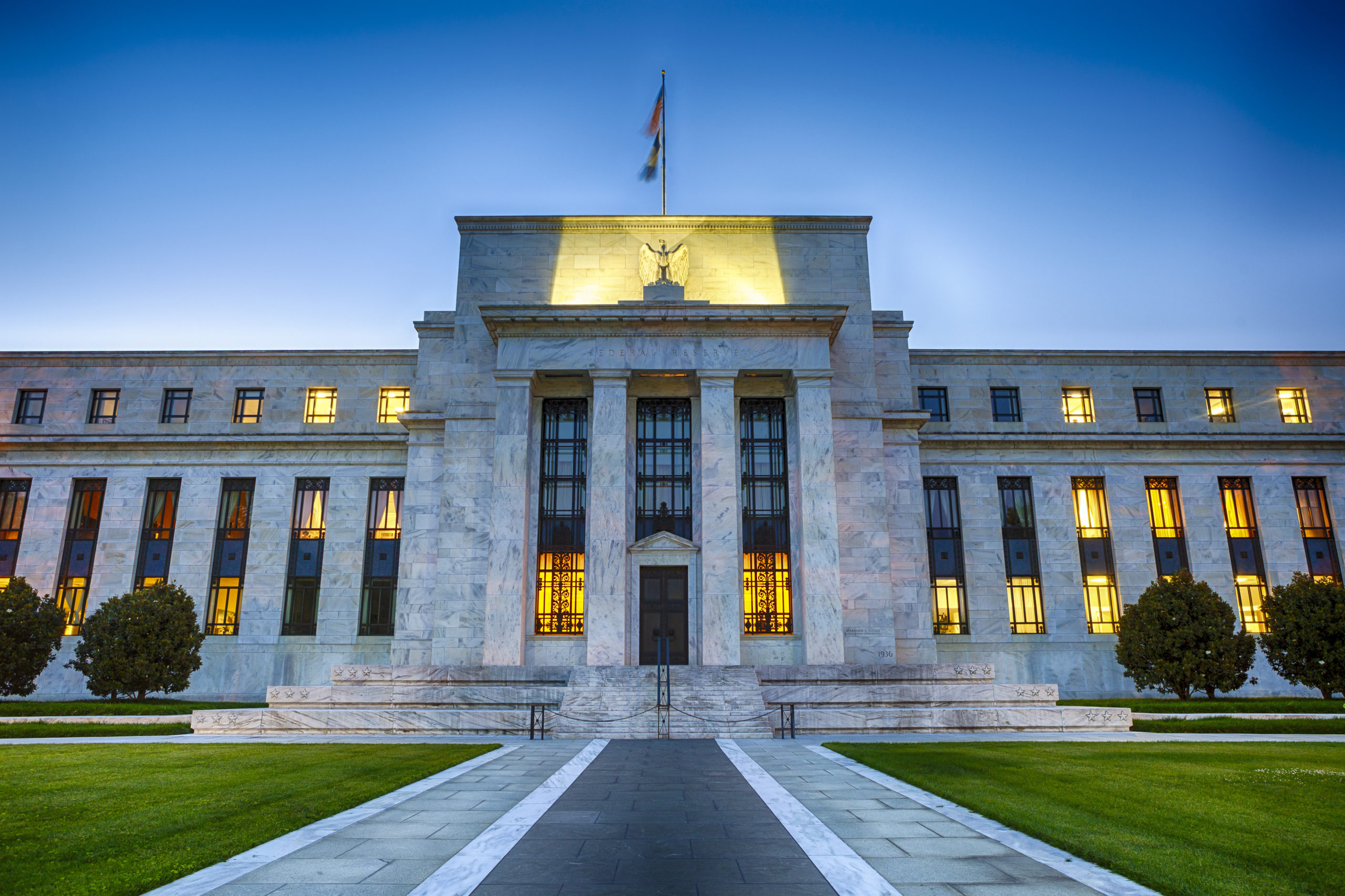
Federal Reserve Watch: Powell Talking Up Volcker
traveler1116/iStock via Getty Images
Federal Reserve Chairman Jerome Powell is talking up:
1. a half-point increase in the policy range for the Federal Funds rate at the Fed’s May meeting of the Federal Open Market Committee;
2. plans, that will be formally announced at the May meeting, to “begin shrinking (the Fed’s) $9.0 trillion asset portfolio in June”;
3. the image of former Fed Chairman Paul Volcker, “who raised interest rates aggressively in the early 1980s to stamp out inflation.”
This amounts to just about everything that the financial markets want to hear about where the Federal Reserve is going this year.
The only thing it leaves out is how it will manage its balance sheet in achieving these objectives. But hopefully, that information will be included in the plan about shrinking the Fed’s asset portfolio.
Market Response
Federal Reserve officials have talked about moving its policy tools since around September 1, 2021.
At that time, the Fed moved to keep the effective Federal Funds rate at 0.08 percent. And, it held the rate at that level up until the meeting of the Federal Open Market Committee meeting in the middle of March 2022.
Since that move the effective Federal Funds rate has been held steady at 0.33 percent.
A one-half point rise in the target range for the Federal Funds rate would take the range up to a 0.50 percent to 1.00 percent level at the May meeting.
Market rates have risen as the intent and the commitment of the Fed to fight inflation have become more forcefully presented.
The yield on the 2-year U.S. Treasury note has risen from around 1.95 percent the day the policy rate rise was announced in March. Yesterday, at the market close, the yield on the 2-year was almost 2.60 percent.
The yield on the 10-year U.S. Treasury note has gone from around 2.20 percent at the March date to roughly 2.85 percent at the close of the market yesterday.
So, it appears as if the Fed’s intentions are getting built into market rates of interest.
One can also mention the behavior of stock prices.
The Standard & Poor’s 500 Stock index hit a historical high on January 3, 2022, of 4,796.56. Yesterday, the S&P 500 closed at 4,394.
The Federal Reserve, during much of the July 2009 to January 3, 2022 period, had been seen as the underwriter of higher and higher stock prices.
Early this year, as Fed officials talked about tightening up its monetary effort and then actually moved to make monetary tightening a reality, investors moved away from stocks.
The Fed’s position, as it is actually carried out will cause stock market prices to fall even further.
So, market reactions are in line with Mr. Powell’s comments and will continue to move in the directions discussed as Federal Reserve officials actually carry through in this effort.
I don’t expect Mr. Powell to “pull off a Paul Volcker” but I do expect that for the time being he will continue on the current path, being very, very careful to avoid any kind of a financial market collapse.
The Federal Reserve Balance Sheet
In the past week, Reserve Balances with Federal Reserve banks dropped by $466.4 billion, to bring these “excess reserves” in commercial banks down to $3.3 trillion.
Since December 29, 2021, these reserve balances have dropped by $713 billion.
These declines have helped the Fed keep the effective Federal Funds rate at the levels described above. In effect, this represents a Federal Reserve tightening on commercial bank reserve positions.
But, since the banks still have $3.3 trillion in excess reserves the pressure on the commercial banks… and the financial markets… is not really that great.
This excess liquidity in the banking system will be one thing that makes it so hard for Mr. Powell and the Fed to achieve what they seem to be setting out to achieve.
It’s Tax Season!
One of the reasons these reserve balances have dropped as far as they have is that it is tax season.
The Federal Reserve holds the account from which the U.S. Treasury Department writes checks. This account is titled the “General Account” of the U.S. Treasury.
Usually, when people pay taxes, the funds go into Treasury accounts at participating commercial banks. Handling the tax receipts this way allows bank reserves to stay in the banking system. Keeping the funds in the banking system will not impact money markets.
Usually, these monies are not moved to the Treasury’s General Account until the Treasury wants to write checks. Therefore, when the Treasury writes checks, they are almost immediately deposited into private bank accounts and, hence, reserve balances are not disturbed to any degree.
This time around, however, it looks as if the tax receipts are being taken out of the commercial banking system and moved to the General Account, thereby resulting in reserves being withdrawn from the commercial banks.
This past banking week, from April 13 to April 20, the General Account increased by $364.0 billion.
Reserve Balances with Federal Reserve Banks
Overall, Reserve Balances with Federal Reserve banks declined by $466.4 billion in this banking week, as reverse repurchase agreements rose to another historic high. Reverse repos jumped another $94.0 billion last week, jumping up to $2.164 trillion on the Wednesday, April 20, 2022 balance sheet.
Thus, the Federal Reserve has been overseeing a reduction in the amount of “excess reserves” that exist in the banking system
But, no effort has been made to reduce the amount of securities the Fed has purchased “outright” that are on the Fed’s balance sheet.
We have been promised, in May, a “plan” for how this securities portfolio will be reduced.
And, this is where the banks and the financial system continue to “get liquidity.”
Since March 2, 2022, the securities portfolio of the Fed has risen by more than $53.0 billion. Since December 29, 2021, the securities portfolio of the Fed has risen by $226.0 billion.
This is a major reason that the Fed has had to seek help elsewhere in draining reserves from the banking system.
The Fed has put almost a quarter of a trillion dollars into the banking system through outright purchases of securities since the end of last year.
That is why it has had to find ways to remove reserves from the banking system to keep “excess reserves” declining so that the effective Federal Funds rate can be kept up at the levels they have been at.
In this sense, the Federal Reserve has been fighting against itself.
Hopefully, those days are over.
We await the “plan” indicating how the Fed intends to reduce the size of the securities portfolio, accommodate the “repo” market, and work around the Treasury Department’s management of its General Account.
Published at Fri, 22 Apr 2022 09:46:20 -0700
